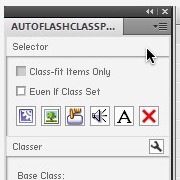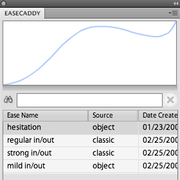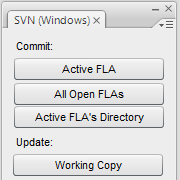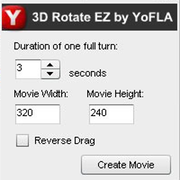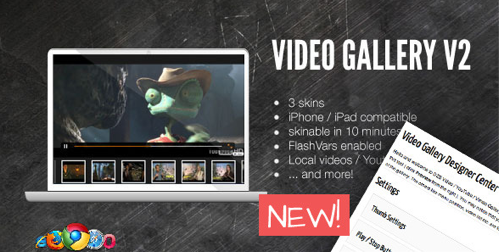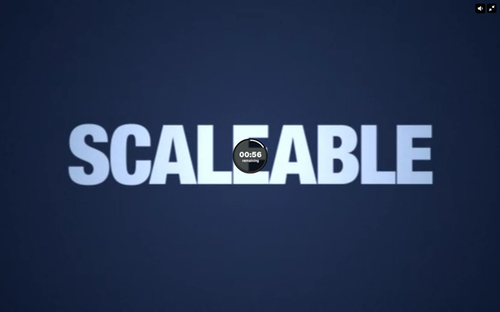The WordPress security settings are somewhat complicated. So the best practice is to use an in-depth vulnerability scanning and a WordPress vulnerability scanner together. This will allow you to get an idea of what needs to be fixed in your WordPress installation.

If you have already created a WordPress website, you should certainly read up on how to set up the WordPress security. There are several great guides available online, which will walk you through the process and show you step by step exactly how to install and use WordPress.
Why do you need to consider security tightly ?
One thing that you need to know about WordPress is that it is something that is going to cost you money for, but the pay off is worth it. I am not saying that you should try to pirate all of your content for free, but you do need to be aware of where it is coming from.
When a visitor visits your site, it is very important that they should feel safe about leaving their information on your site. You want to make sure that they know that they can send you any feedback, and even questions. This can take some time and cost you money.
The good news is that WordPress has a great feature that allows you to post a comment, post a blog entry, and even edit a blog entry. You can also manage blog posts, news, and events. All of this can be done from the admin section of your site.
If you use a WordPress security plugin, you can take full advantage of all the features that WordPress has to offer. It will also prevent you from getting hacked as well.
Do it before it’s too late !
You can get your WordPress security working just by clicking a button. You will also find that most of the plugins that are available are free.
The plugins that are used to protect WordPress are there to help you run your site better. It is not an overnight job, but most of the security features of your WordPress site will be working by the time you are done with this process. It is definitely worth your time to get all the security features working and also check for new updates regularly.
While you are creating your security plugin, remember that you also need to keep the updates. Most people do not realize that these updates come from the original developers, and you really do not want to go to the developers asking them to update a plugin because you didn’t know about them.
The best WordPress security Plugins
Now, when it comes to WordPress security, you do need to be very careful about what you install and what you don’t. The best approach is to create a security plugin for your site, and then use it.
Most of the plugins will have something in common, and that is that they are free and will work with most, if not all, plugins that you download. There is no need to spend money on anything that you don’t need, and if you do use a paid plugin, you will also find that you get a lot of great features.
I think that the best approach for setting up a WordPress security is to get a plugin that works with most plugins you have. Then use it for the rest of your sites, and check for updates regularly.
I personally use Wordfence as I believe it has some of the best detection features out there. Make sure to use their PRO plan as their detection rate is significantly higher than the FREE version. Use my PROMO link and get a discount as well !
Final Words
Don’t forget to checkout our tutorial on WordPress Caching ! Caching and security are the foundation of a great WordPress website



